“I have an interest in things that are special,” says Hans Borner, owner of Righi Licht, Switzerland's only incandescent-lightbulb company. EU Law has cast a pall over the company Righi Licht but its spirit and skill shines on. Founded in 1906 the factory today makes over one million incandascent bulby each year in several varieties: from the once ubiquitous P64 Deluxe, with its soft warm glow, to complexx technical sognal lamps used by Swiss Federal Railways. Monocle, 2015
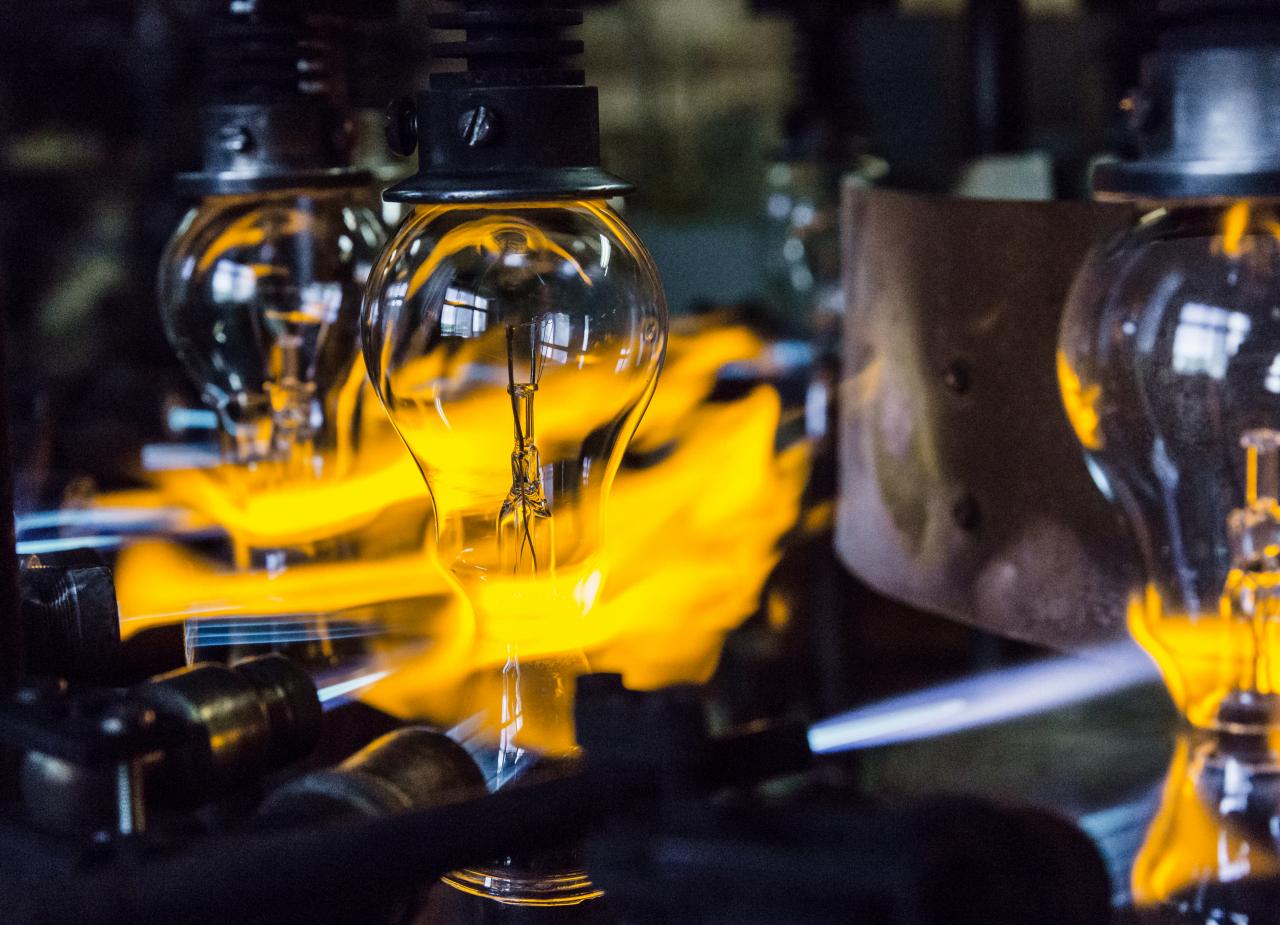
Sealing the bulbs
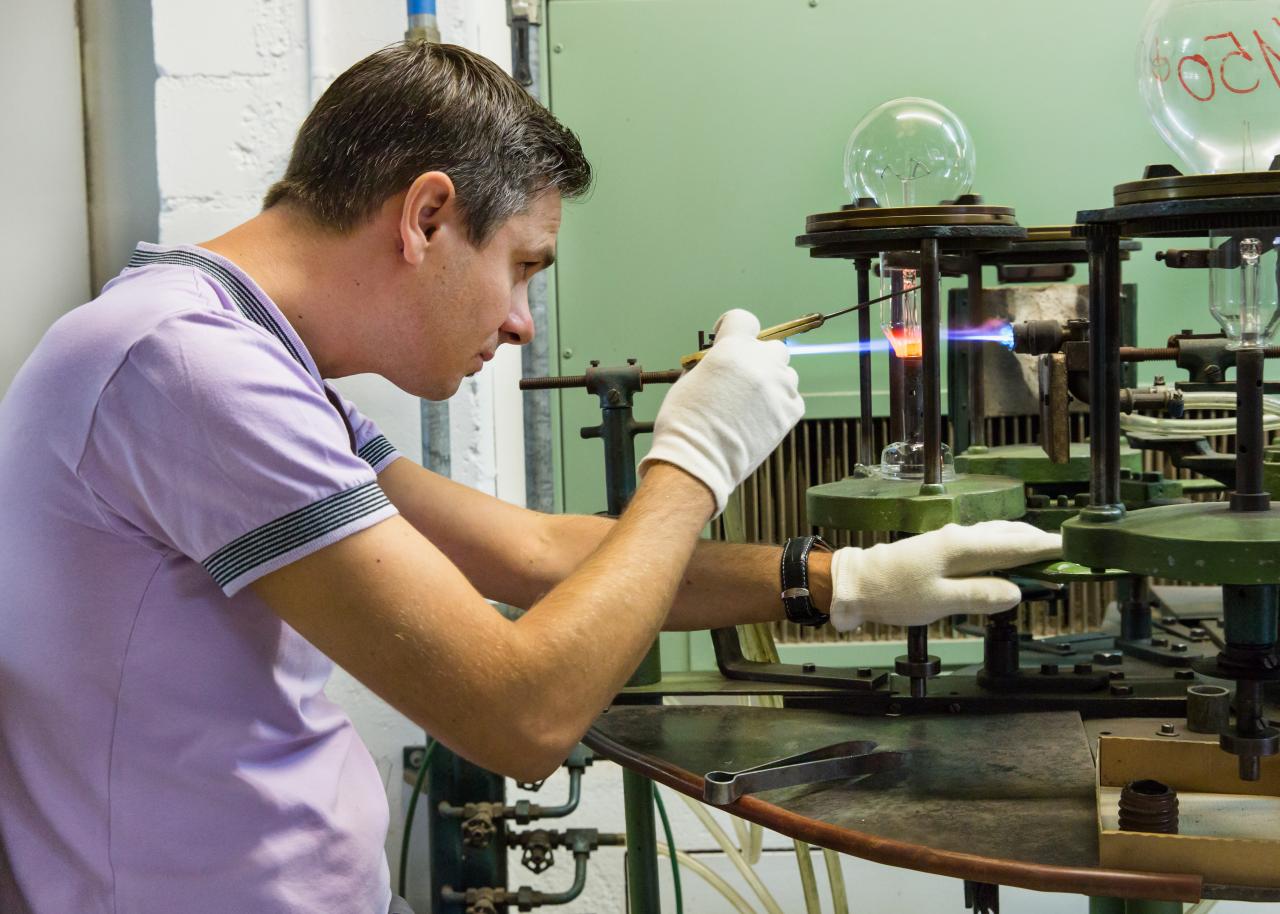
Steady hands are required in all steps of production
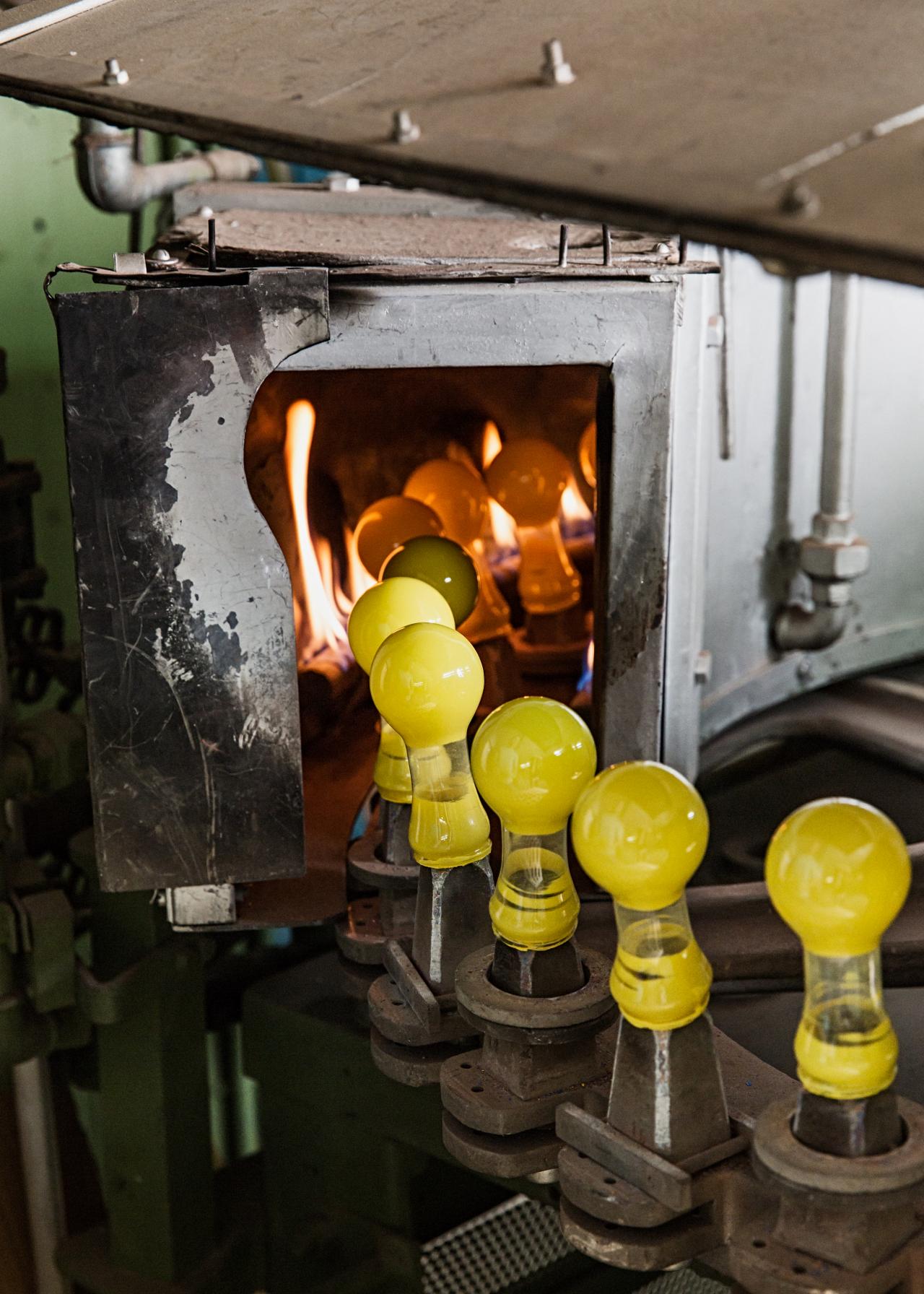
Bulbs are gradually heated on a carousel
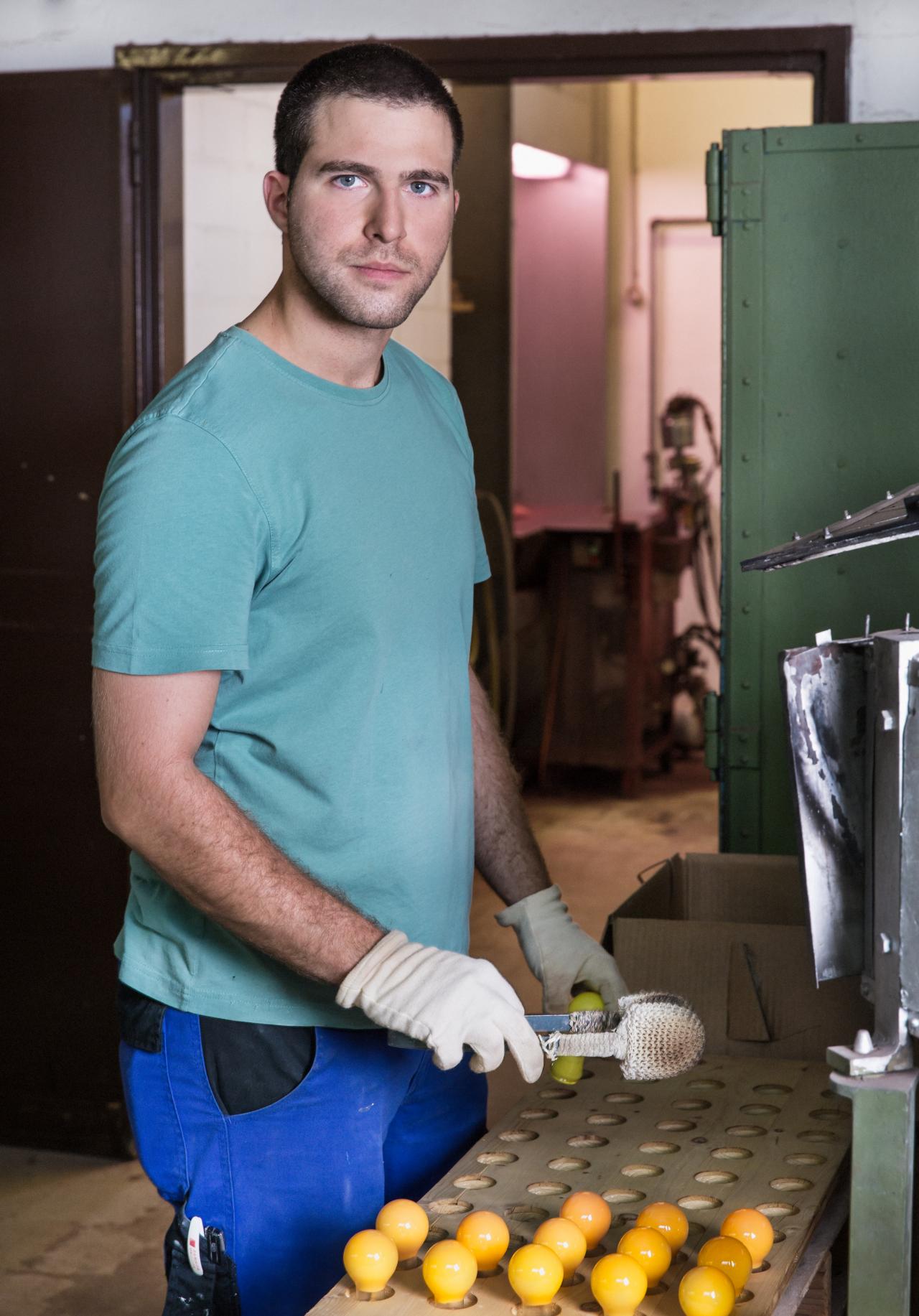
The careful work of removing hot bulbs.
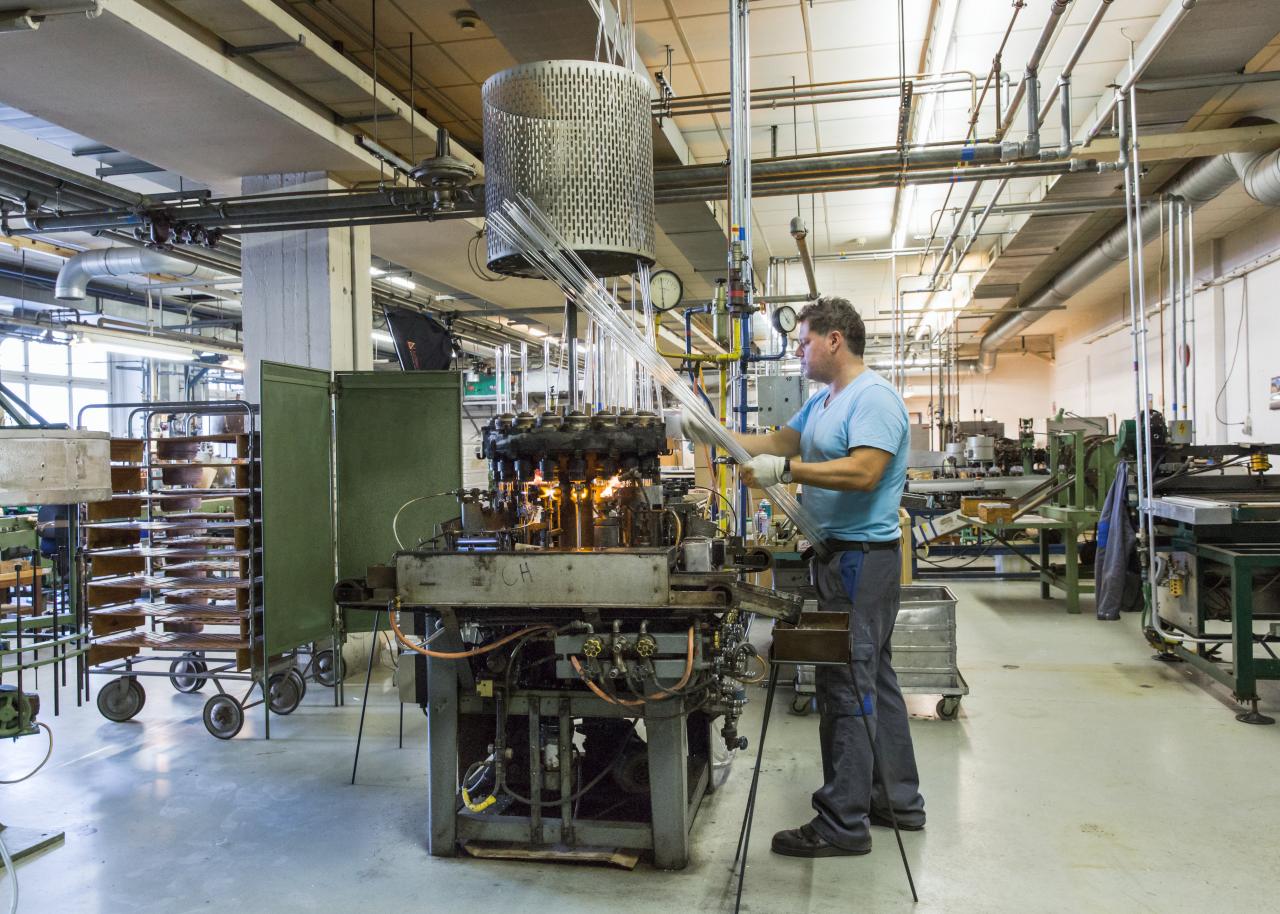
Most of the machinery is original and no longer produced.
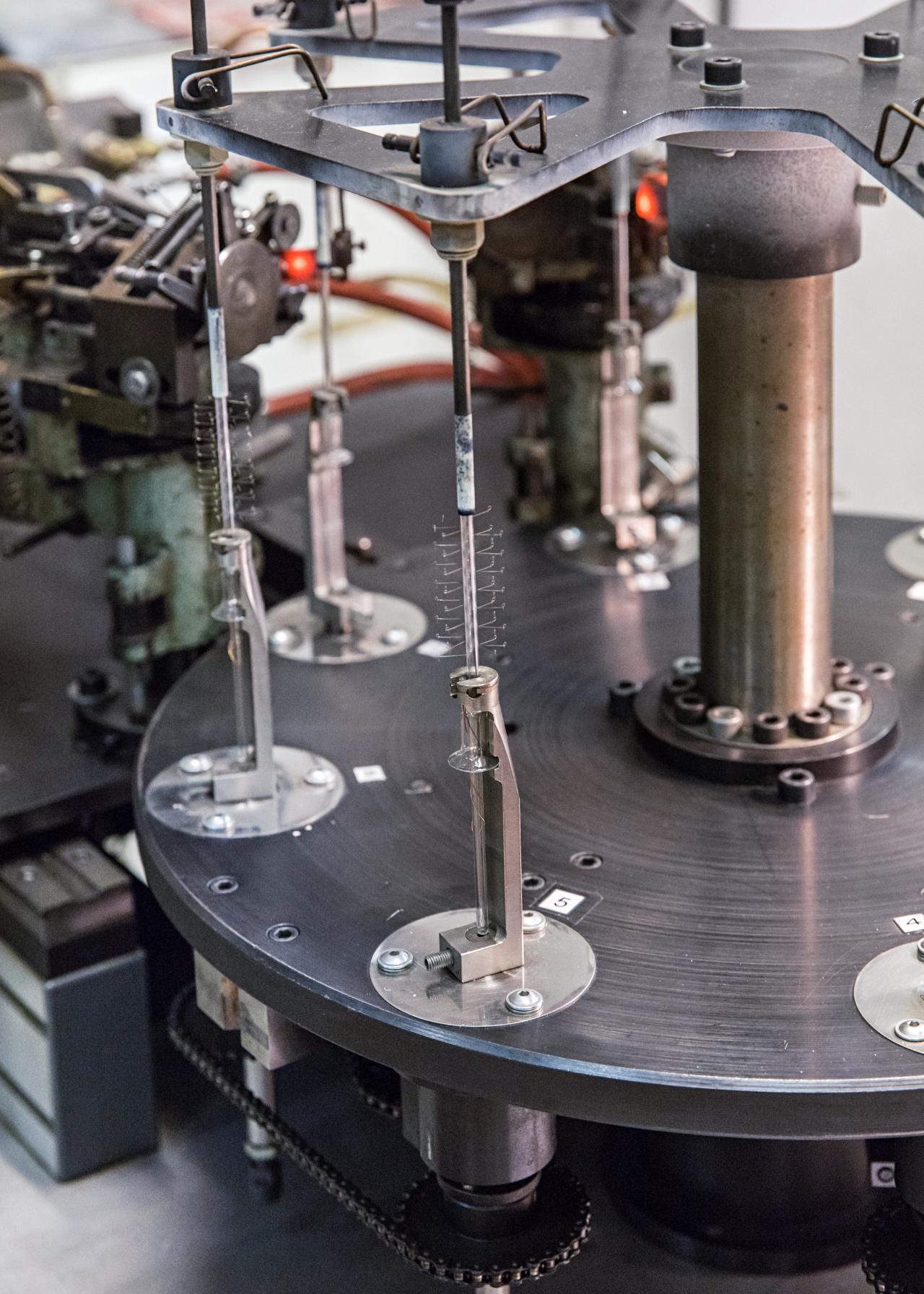
Elaborate tungsten filaments
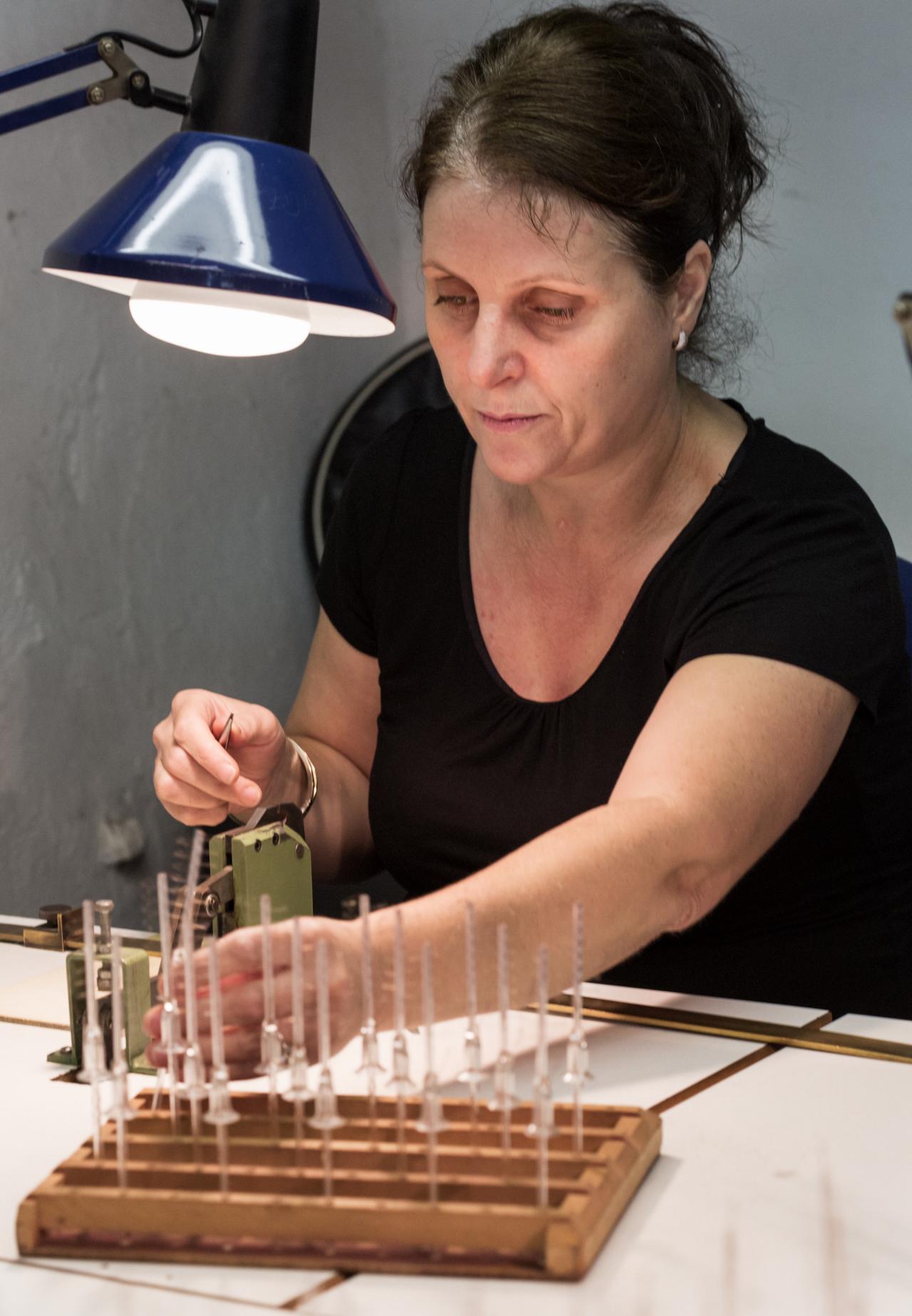
A worker checking the hair-fine wire of coiled tungsten filament woven through several small hooks.
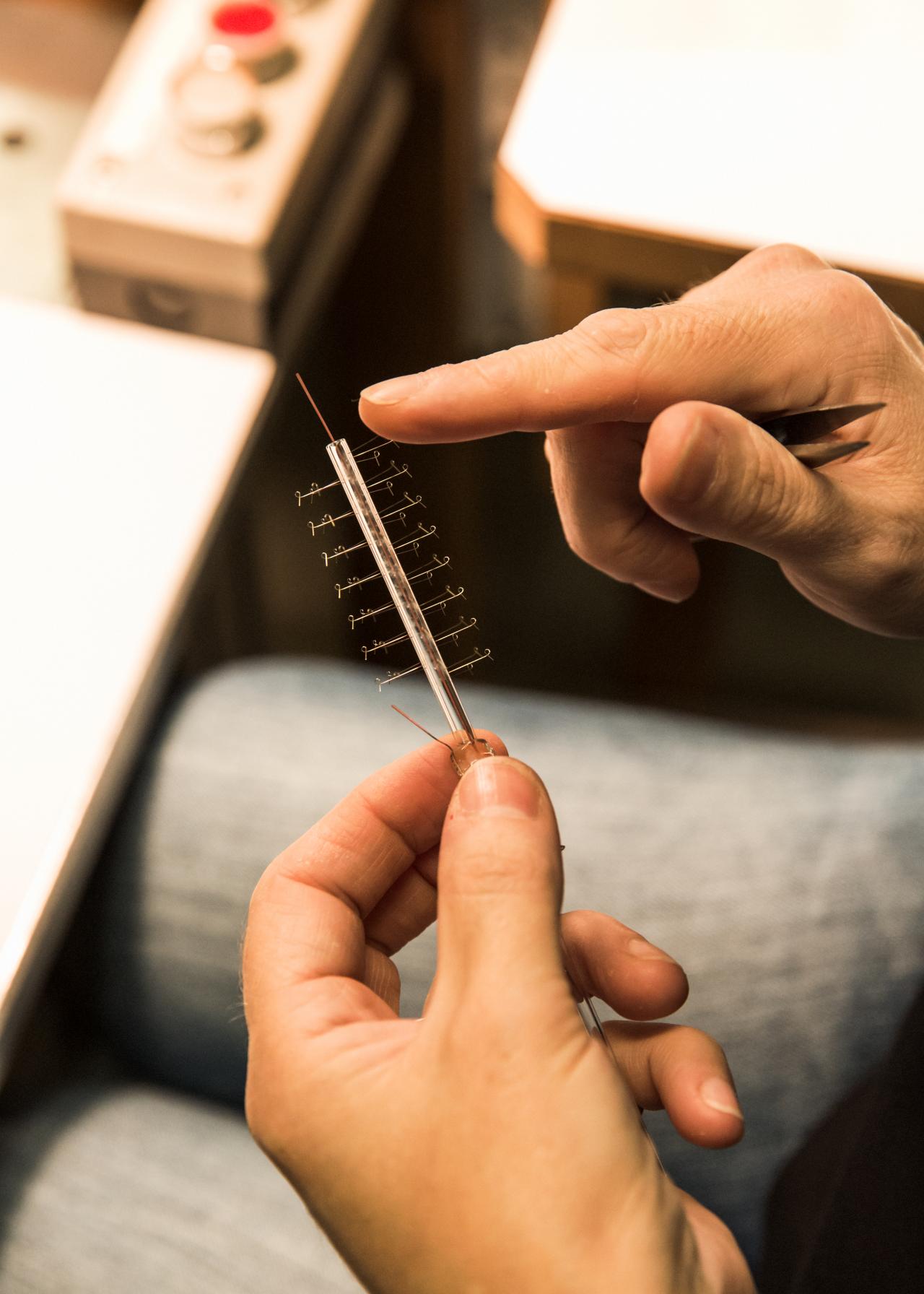
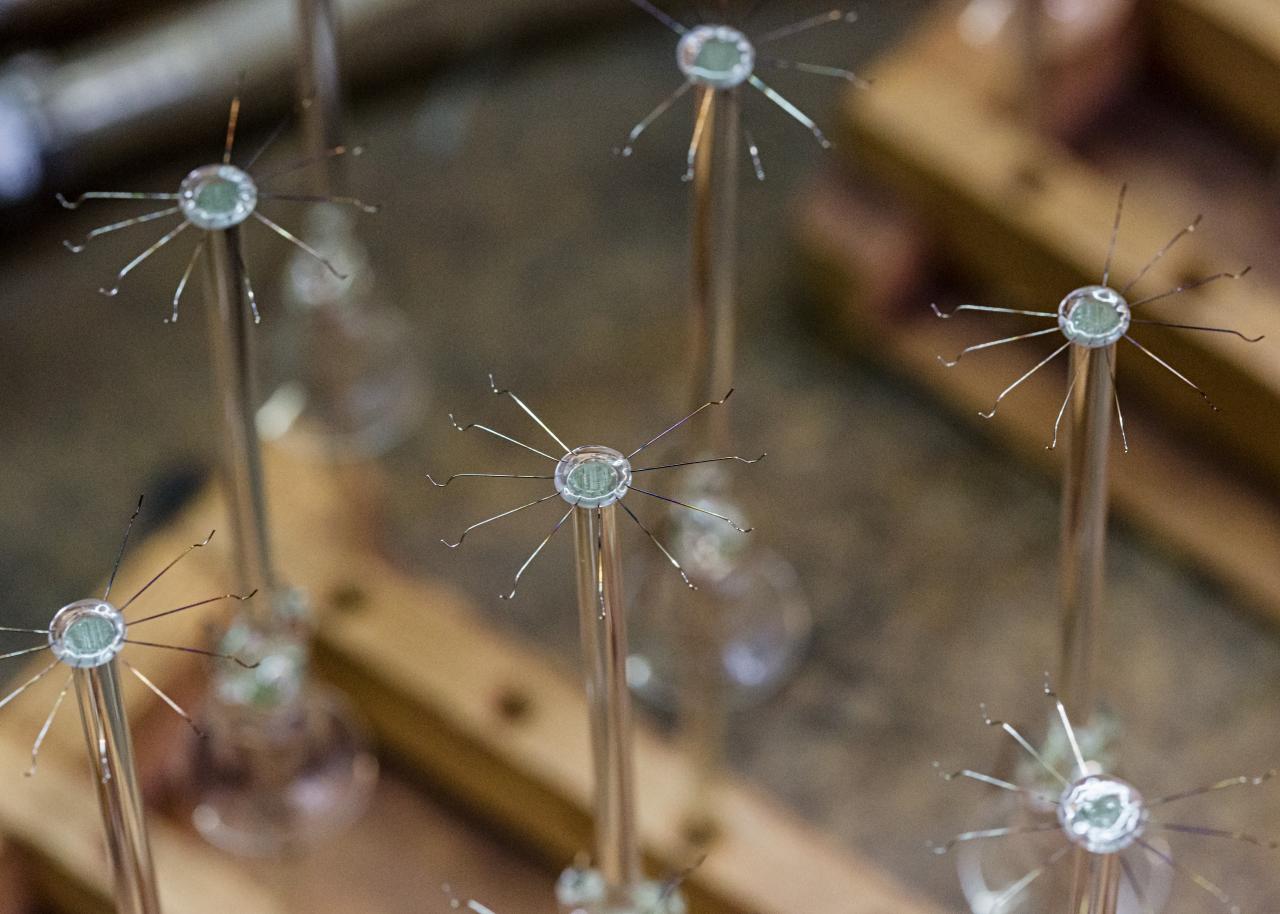

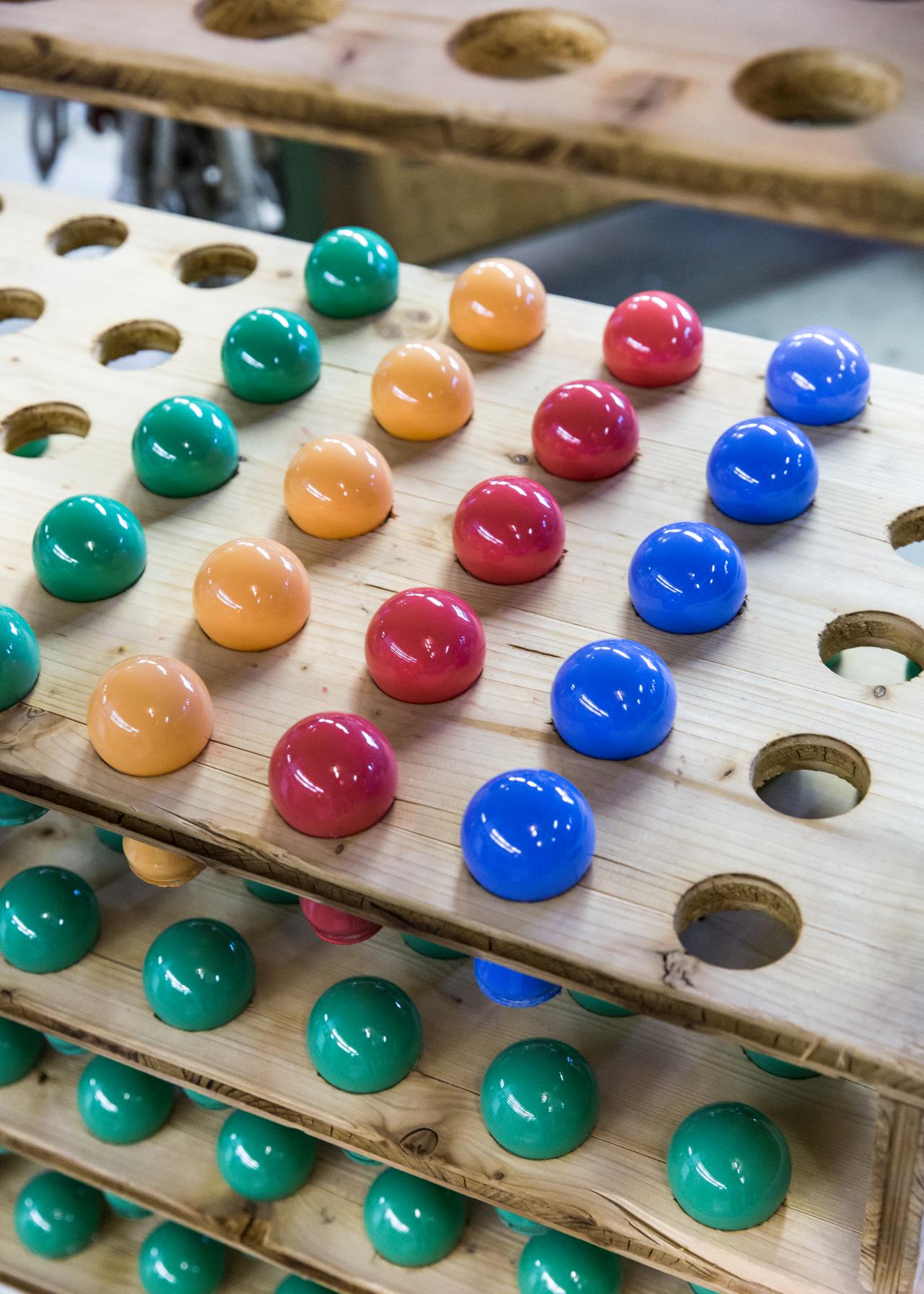
The factory maufactures clear and coloured bulbs
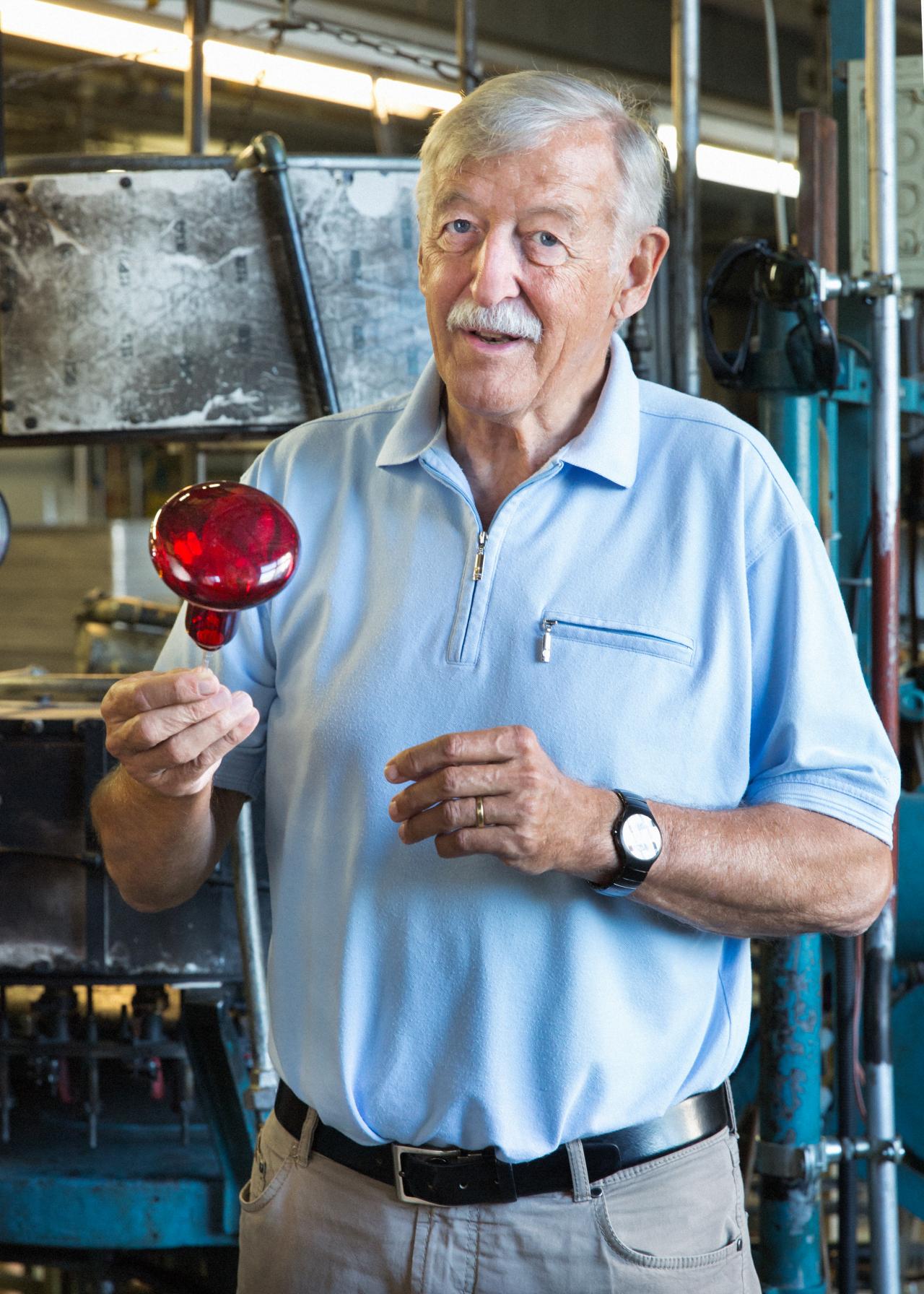
“It takes a lot of work, a lot of understanding and money to manufacture our lamps.” Hans Borner, owner of Righi Licht.
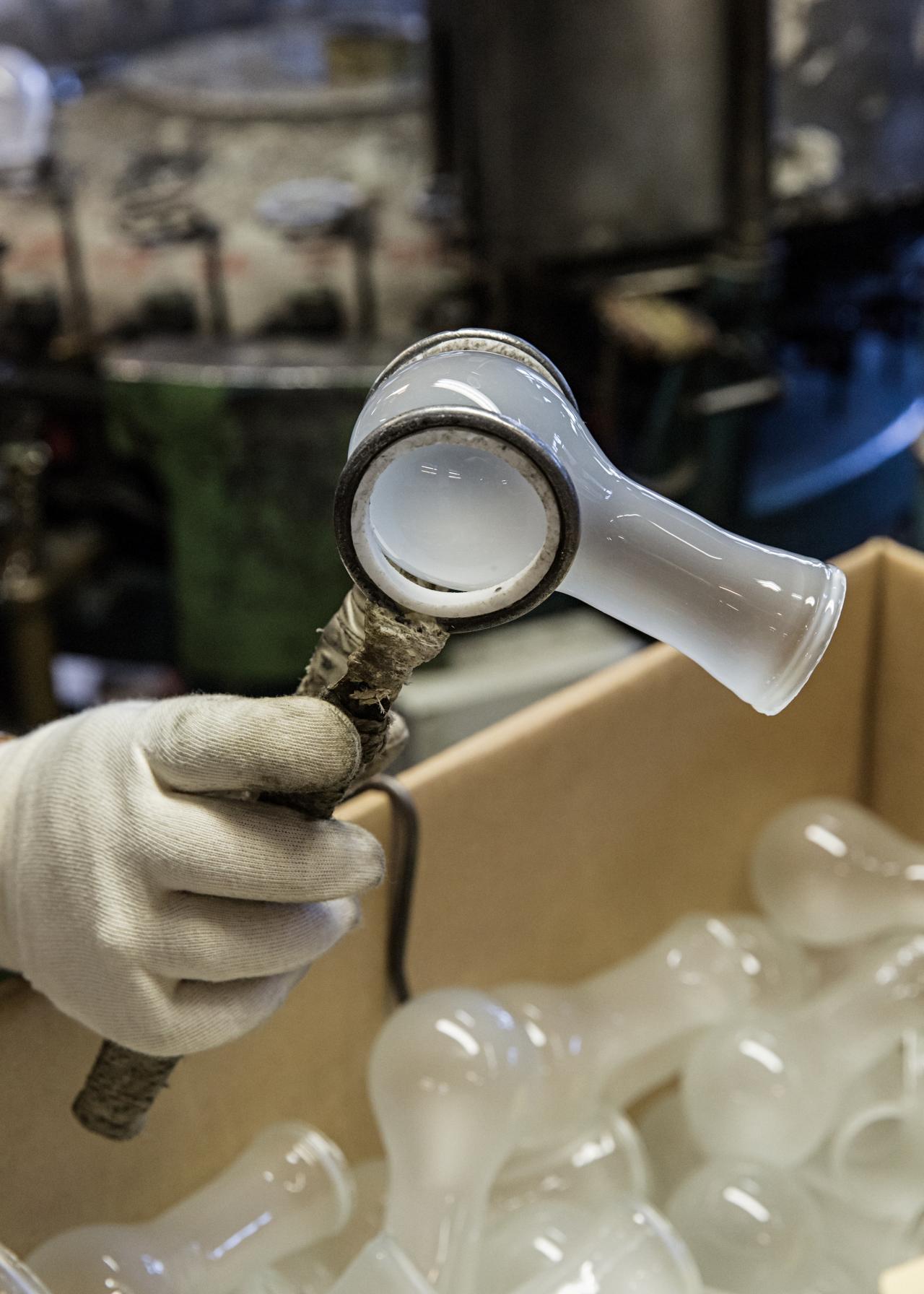
“We are now an atelier, not a factory,”says Borner. “We do a few things very well.”
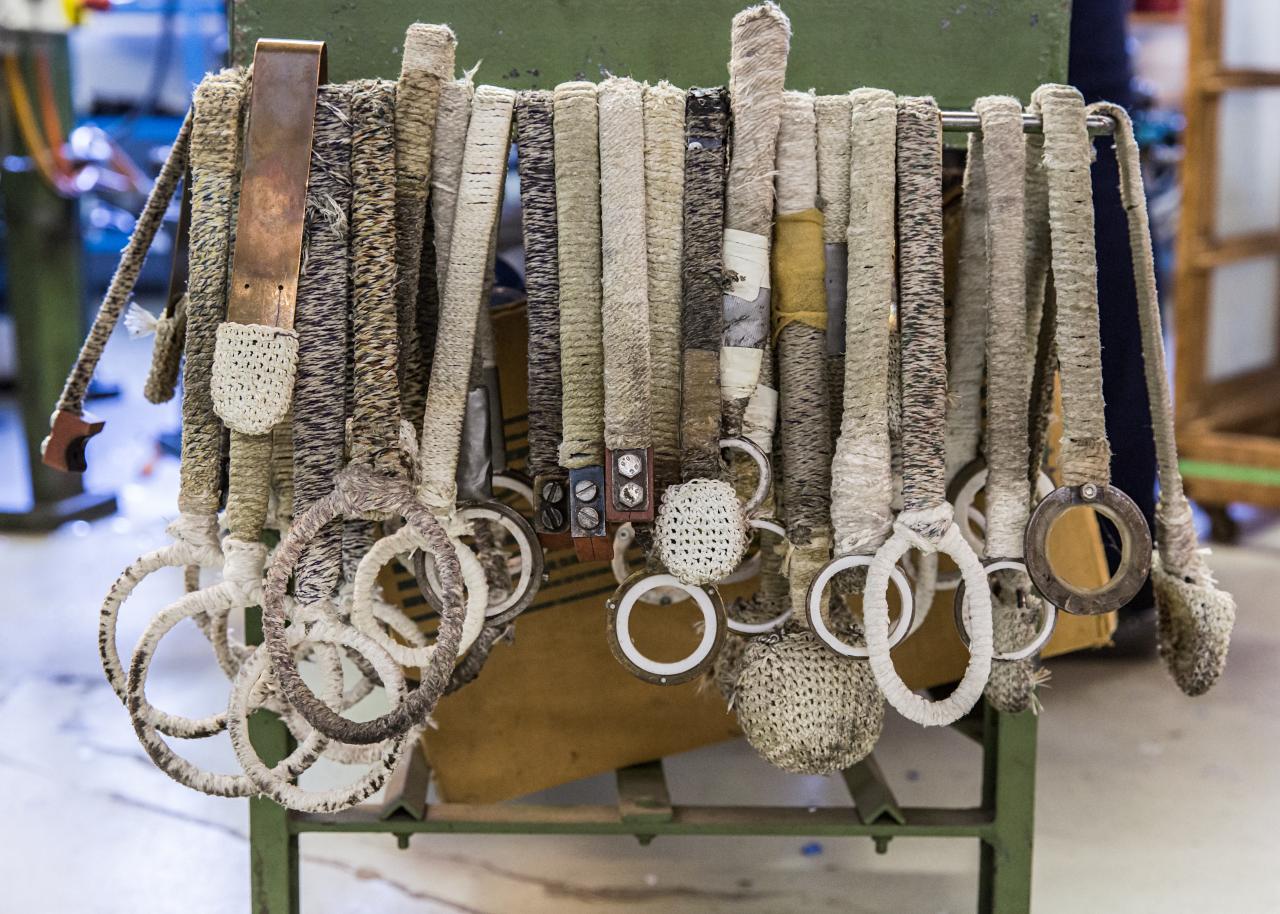
Hand-made holders for the bulbs, these need to be handled with great care during the manufacture process.
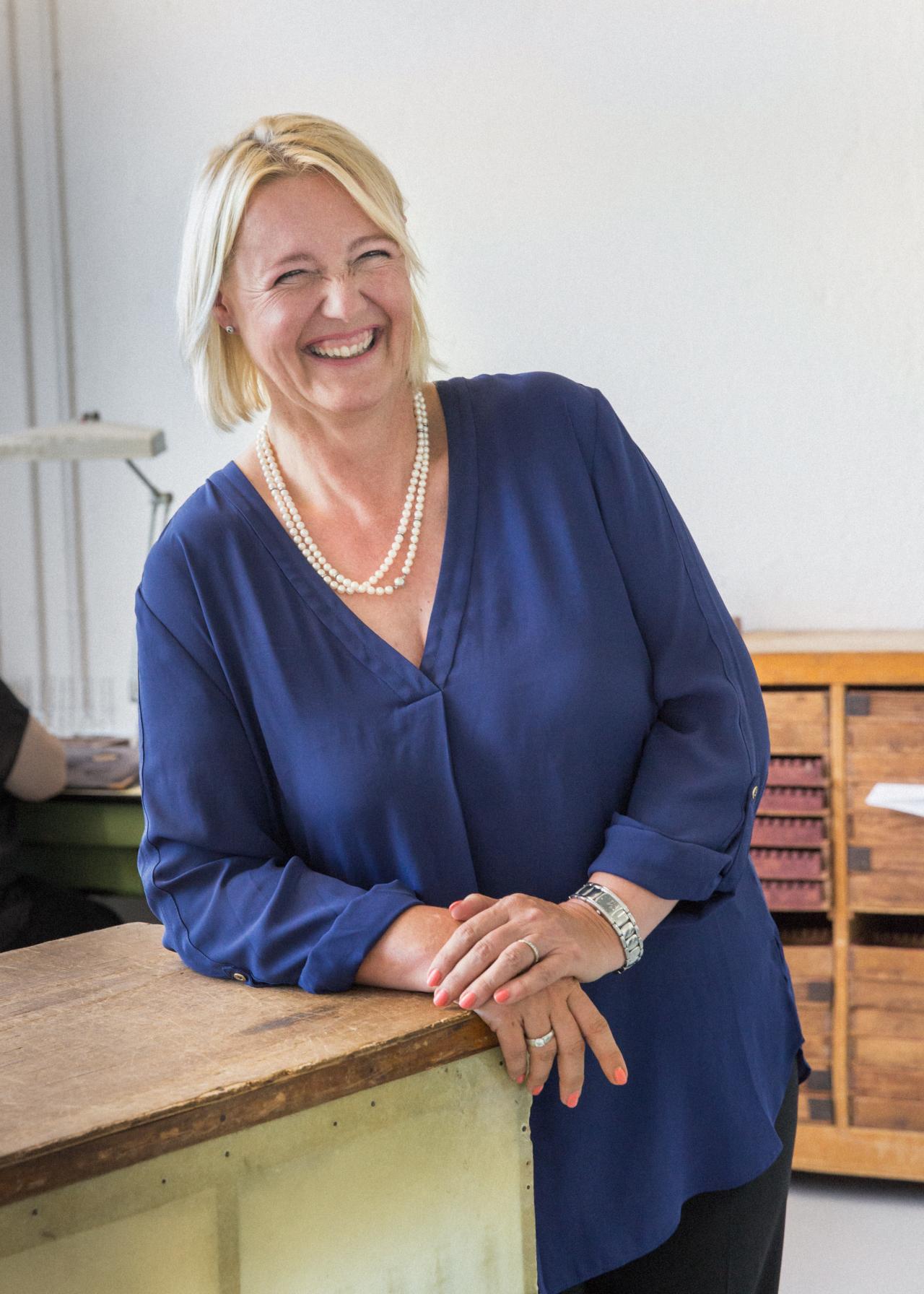
Being a small atelier affords them a greater degree of flexibility; bespoke products can be ordered in runs as small as 10 units. “We can adapt,”says Christina Taiana-Borner, Borner's daughter who recently became the head of the four-strong board running the day-to-day business.
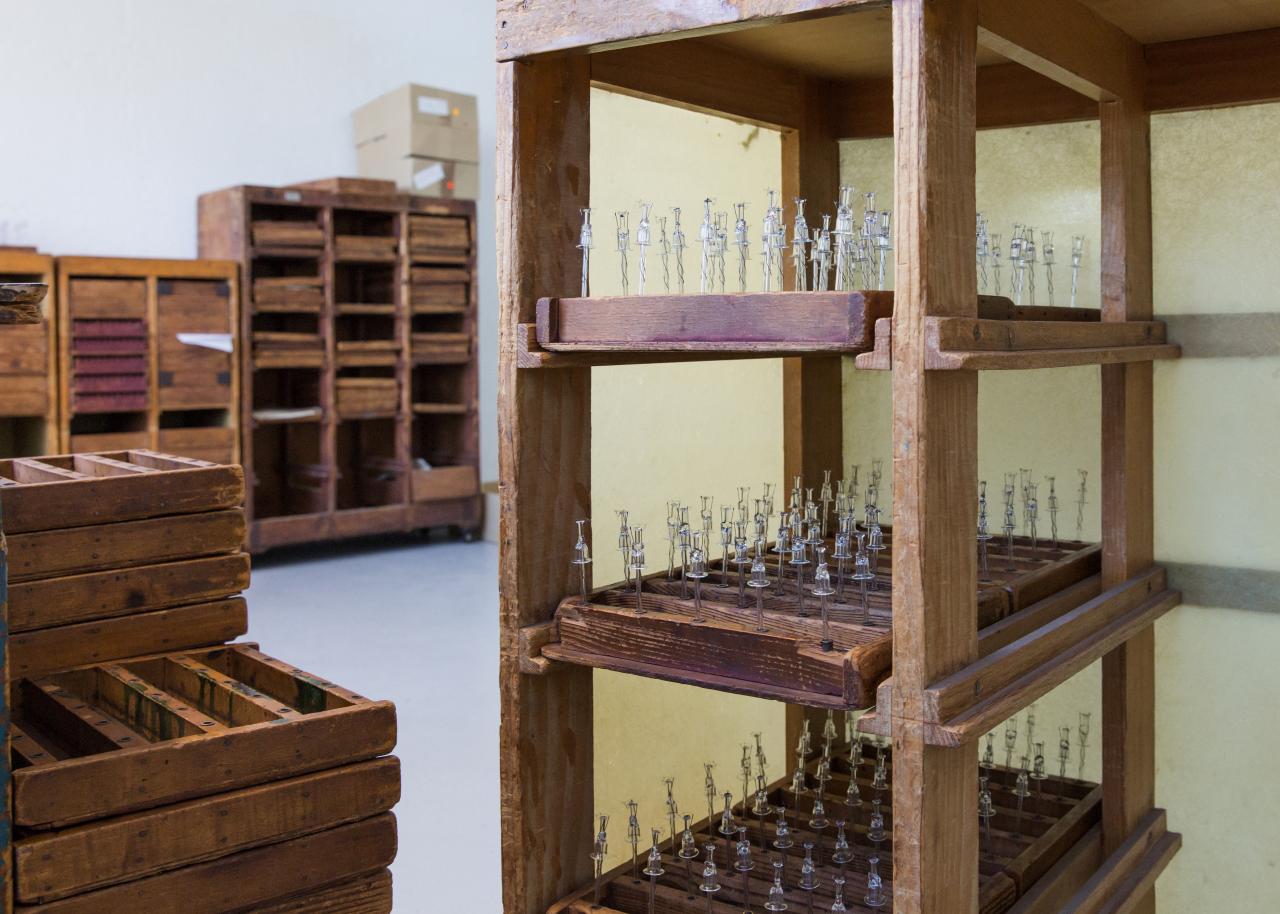
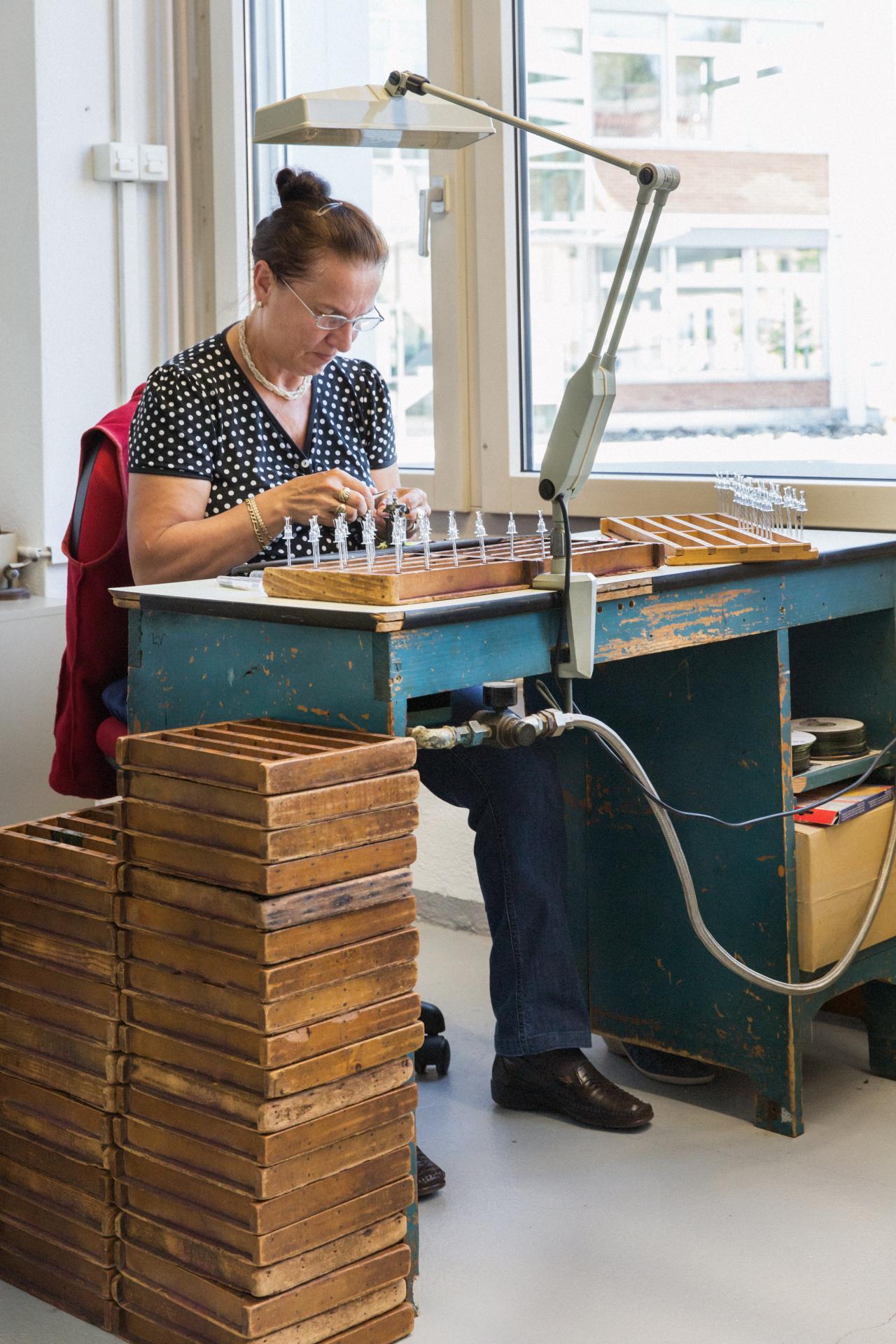
A worker deftly weaves a hair-fine wire of coiled tungsten filament through several small hooks. “To bring up this spiral correctly is an art form,” Borner says, smiling broadly.
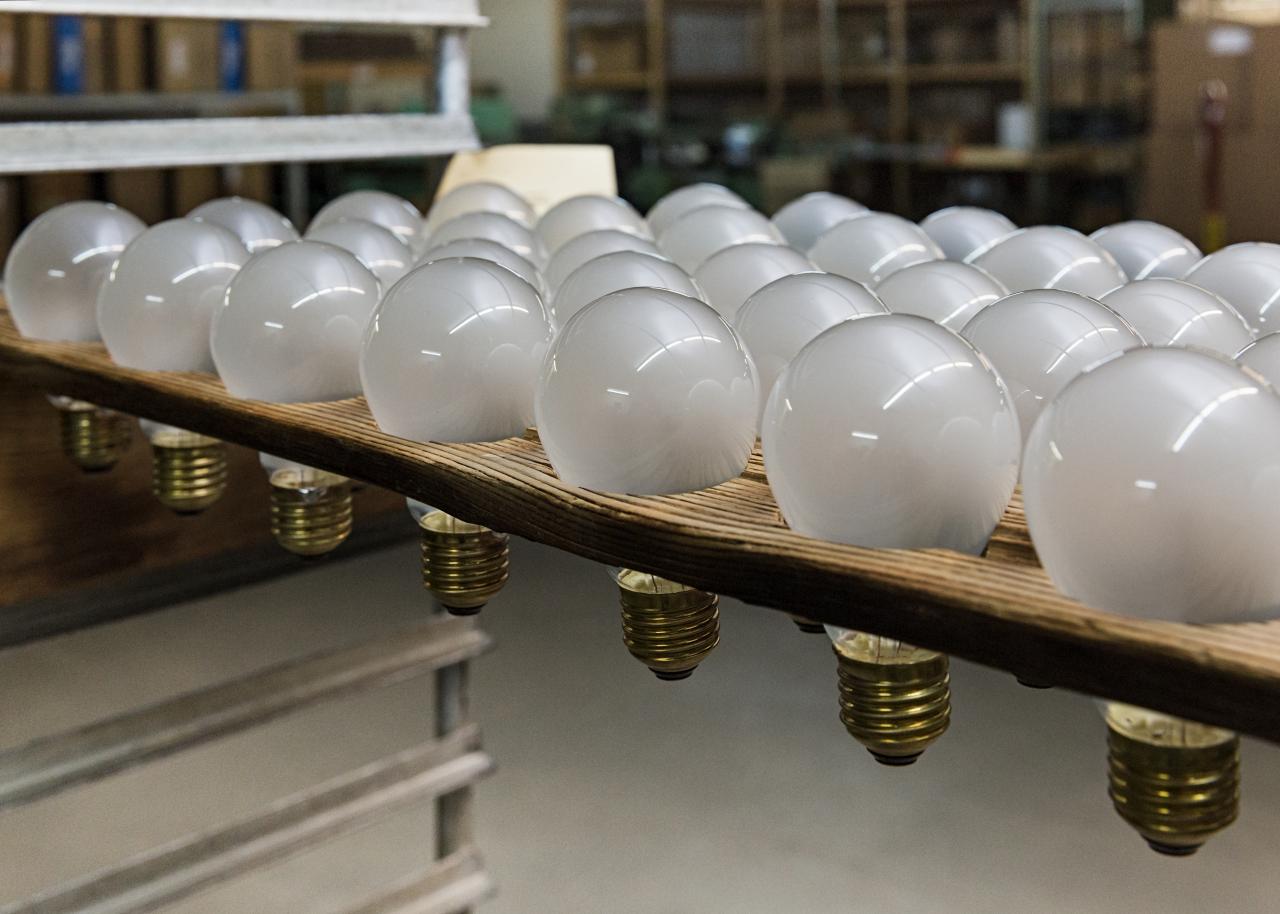
Finished bulbs ready for inspection. The company refers to Swissness as: understanding the value of a quality product and delivering it on time, to specification and for an appropriate price.
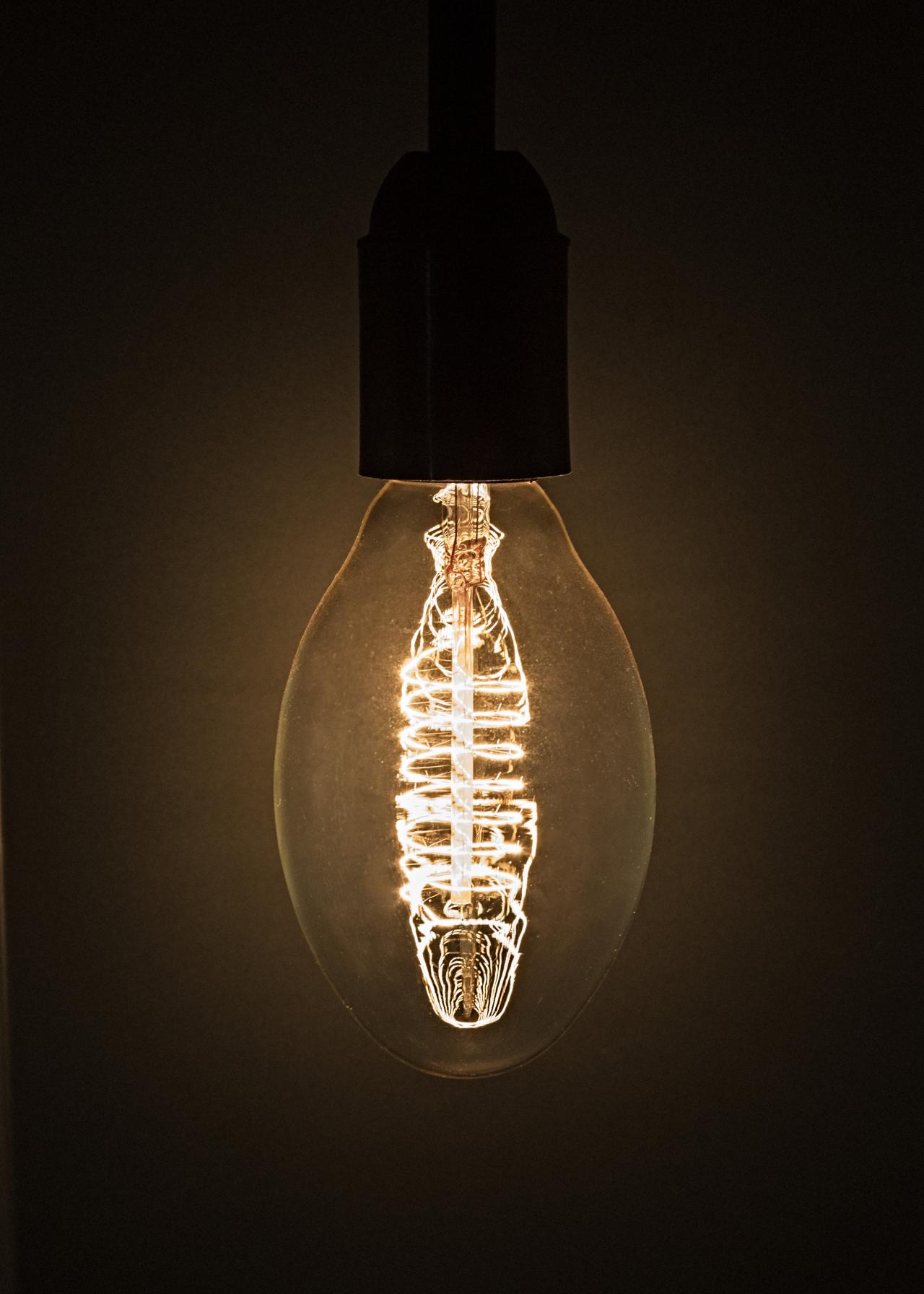
The warm glow of Righi Licht's incandescent bulbs in a world illuminated by the cold, harsh light of LEDs and the the disruptive blue glow of electronic devices.